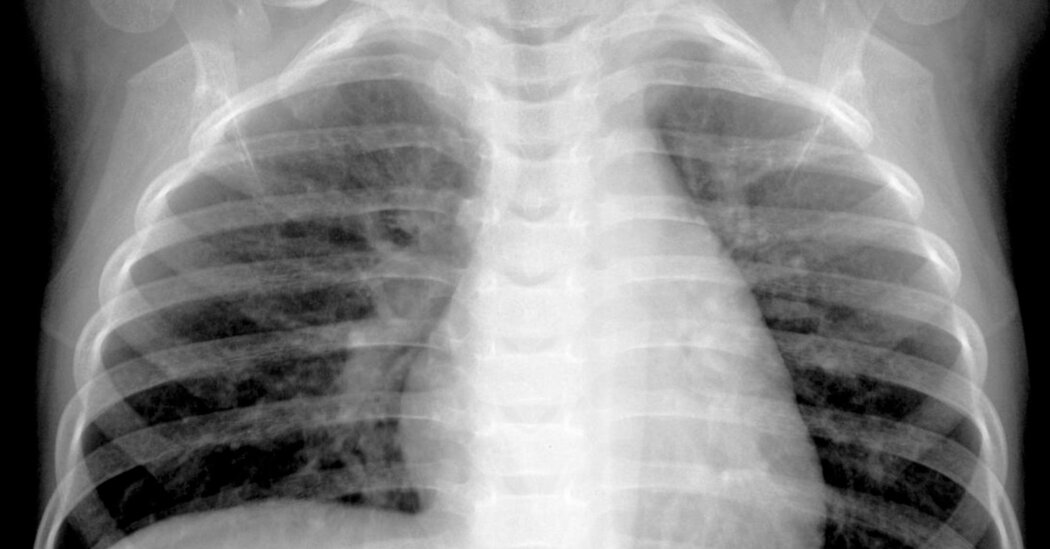Reports of a sharp rise in respiratory virus cases in China have evoked dark echoes of the beginning of the coronavirus pandemic almost exactly five years ago.
But despite the superficial similarities, medical experts say the situation is very different and nothing to worry about.
The cases in China have been reported to be caused by the human metapneumovirus, known to doctors as HMPV. Here’s what we know so far:
What is HMPV?
It is one of several pathogens that cause respiratory illnesses in epidemics around the world each year. HMPV is common. It is so common that most people are infected when they are still children and may experience several infections during their lifetime. In countries with cold weather for several months, HMPV can circulate annually, similar to influenza, but in areas close to the equator it circulates at low levels year-round.
HMPV is similar to respiratory syncytial virus (RSV), a virus well known in the United States. HMPV causes symptoms that are very similar to those associated with influenza and the new coronavirus, including cough, fever, stuffy nose, and wheezing.
Most HMPV infections are mild and resemble a cold attack. However, in severe cases, it can cause bronchitis and pneumonia, especially in young children, the elderly, and immunocompromised people. Patients with pre-existing lung conditions such as asthma, chronic obstructive pulmonary disease, and emphysema are at increased risk for severe outcomes.
In high-income countries, the virus is rarely fatal. Deaths are more common in low-income countries, where health systems are weak and monitoring is inadequate.
Please wait while we confirm your access. If you’re in reader mode, exit and log into your Times account or subscribe to all Times.
Please wait while we confirm your access.
Already a subscriber? Log in.
Want to know all about The Times? Subscribe.
